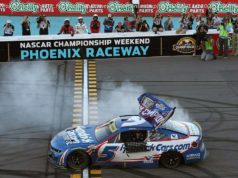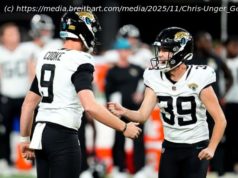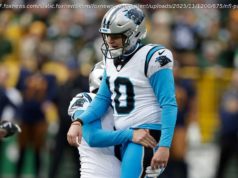Players have lost significant time, and the equipment could be the cause. MLB and the union need to explore the issue because they can’t afford not to.
Should MLB and the MLB Players Association explore the question of whether bases could be composed of better materials?
Cal Ripken played in every game over 16 years, and one of his managers, Davey Johnson, once mused about how Ripken somehow circumvented serious injury despite the range of inherent risks — errant pitches off his hands and wrists, runners sliding into Ripken at second base. And maybe the most consistent threat to the playing streak, Johnson mused back in 1996, was Ripken’s habit of lunging for first base at full speed as he sprinted down the line, which made Johnson cringe.
If Ripken landed on the side of the raised base or the back of the leg of the first baseman, he might roll his ankle, Johnson said, or tear his Achilles, or slip and get hurt in some other way. It was the awkwardness of 200-pound-plus athletes running across the changing surface planes that concerned Johnson.
This causes injuries annually, with Bryce Harper the most recent and most prominent example. In his effort to beat out a hit, he lunged for first base, and in damp conditions, his foot slid across the bag, his knee locked and then buckled, and he had to be helped off the field. Earlier this year, the Nationals lost Adam Eaton for the year to a knee and ankle injury on a similar play at first base; similarly, Mike Trout was hurt sliding head-first into second base, tearing his thumb.
A question that would be worthwhile for Major League Baseball and the union to explore: In this time of advanced technology, could there be a better and safer composition to the bases — particularly at first base?
It’s a question as simple and as natural as whether there’s a better face mask for catchers, or a better batting helmet for hitters.
Some coaches have noted in recent years that the bases are more rigid than they used to be. Some teams will swap out bases during the course of game action and sell the old ones as game-used, perhaps contributing to the diminished pliability.
Is that real or is that perception? It’s hard to say without more examination.
The composition of the bases has changed through the years, from the softer types that Ty Cobb used to slide into to the model that Rickey Henderson raised after breaking Cobb’s record for stolen bases — seemingly flatter than today’s bases.
Could there be a better surface on the top of the base, less slick than what Harper stepped onto Saturday night? Would it be beneficial if the bases were flatter, and lower to the ground? Could electronics be used in some way, to reduce the need for a raised base? Is there something that could be improved?
These are all questions worth exploring.
When Major League Baseball pushed for a change to the catcher collision rules, this altered the way the game is played, in the name of safety (while also protecting the financial investments of the teams in their players) . The same was true when the new rules were put in place to protect middle infielders; now infielders turn double plays without the same fear of being barreled over by an oncoming baserunner.
But to simply alter the composition of the bases may not affect the way the game is played whatsoever, and might help to keep players like Eaton, Trout and Bryce Harper on the field.






